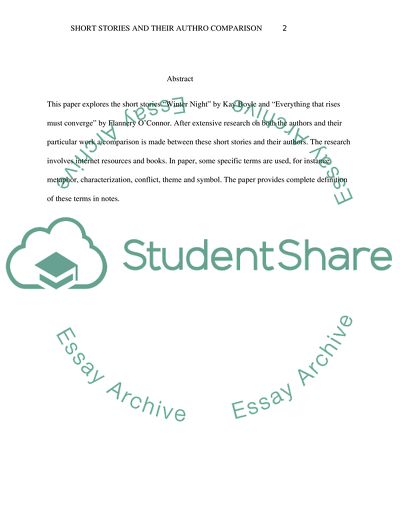Cite this document
(Comparison of Short Stories Winter Night and Everything that Rises Research Paper, n.d.)
Comparison of Short Stories Winter Night and Everything that Rises Research Paper. Retrieved from https://studentshare.org/literature/1736982-compare-and-contrast-a-pair-of-short-stories-and-their-authors
Comparison of Short Stories Winter Night and Everything that Rises Research Paper. Retrieved from https://studentshare.org/literature/1736982-compare-and-contrast-a-pair-of-short-stories-and-their-authors
(Comparison of Short Stories Winter Night and Everything That Rises Research Paper)
Comparison of Short Stories Winter Night and Everything That Rises Research Paper. https://studentshare.org/literature/1736982-compare-and-contrast-a-pair-of-short-stories-and-their-authors.
Comparison of Short Stories Winter Night and Everything That Rises Research Paper. https://studentshare.org/literature/1736982-compare-and-contrast-a-pair-of-short-stories-and-their-authors.
“Comparison of Short Stories Winter Night and Everything That Rises Research Paper”, n.d. https://studentshare.org/literature/1736982-compare-and-contrast-a-pair-of-short-stories-and-their-authors.


